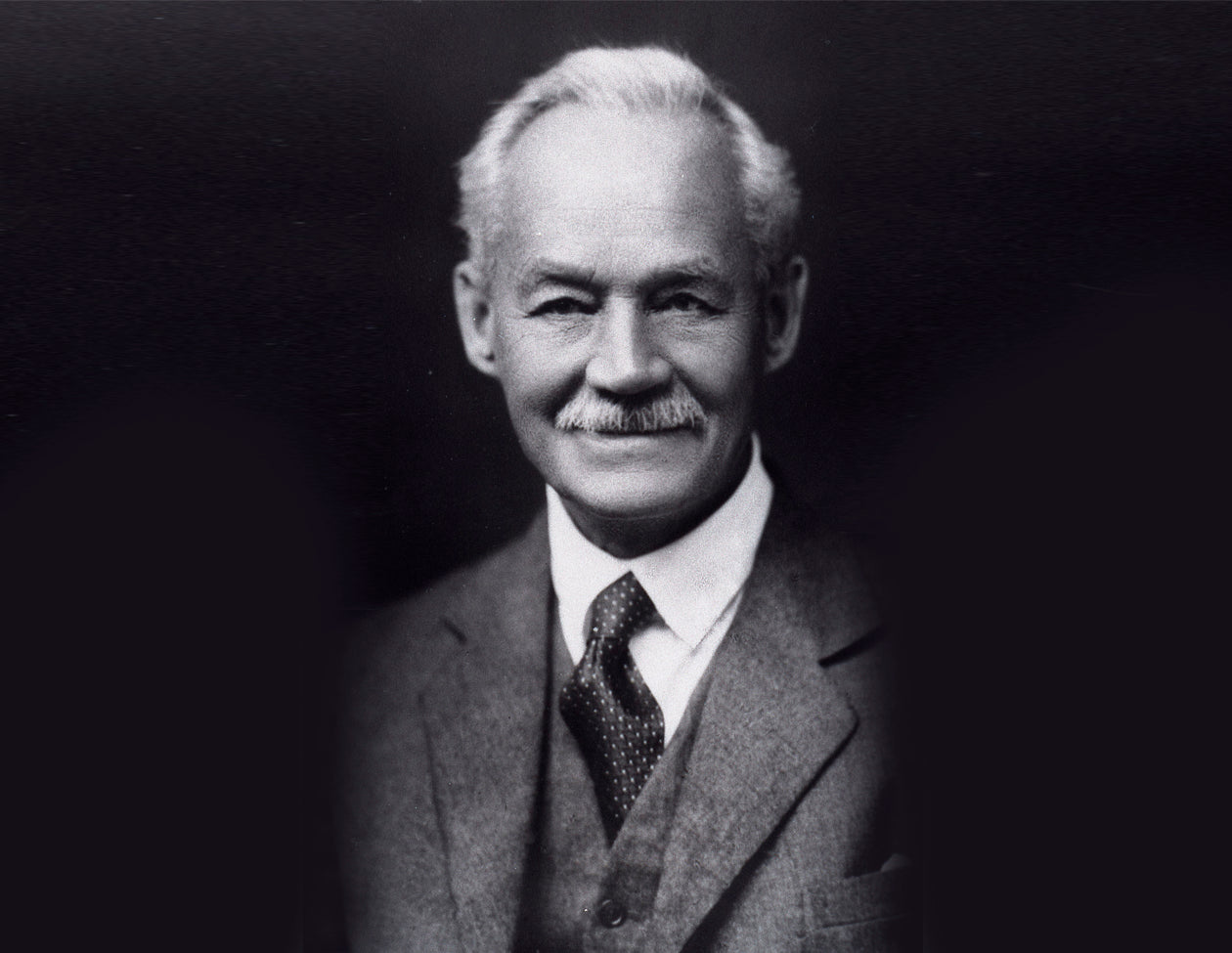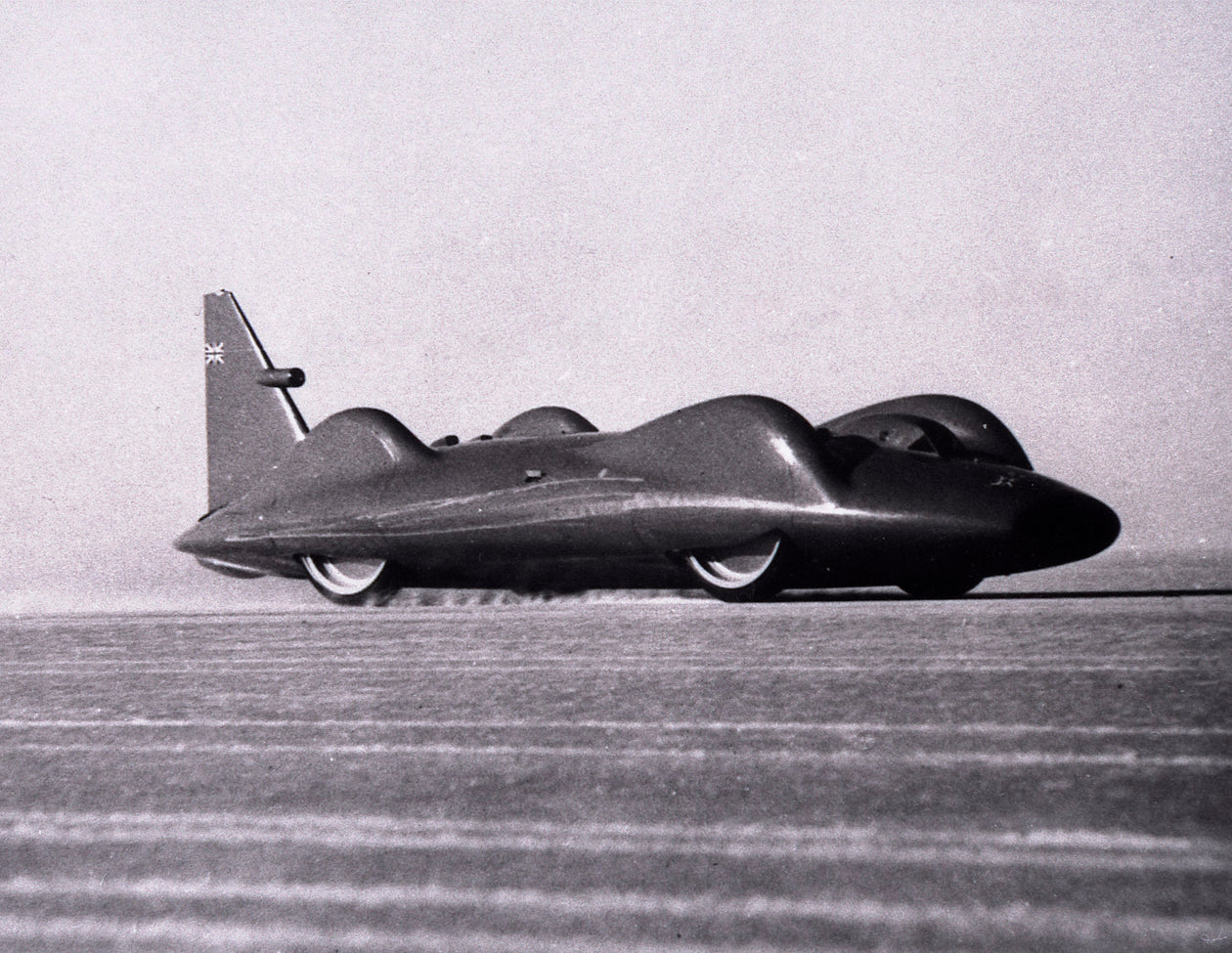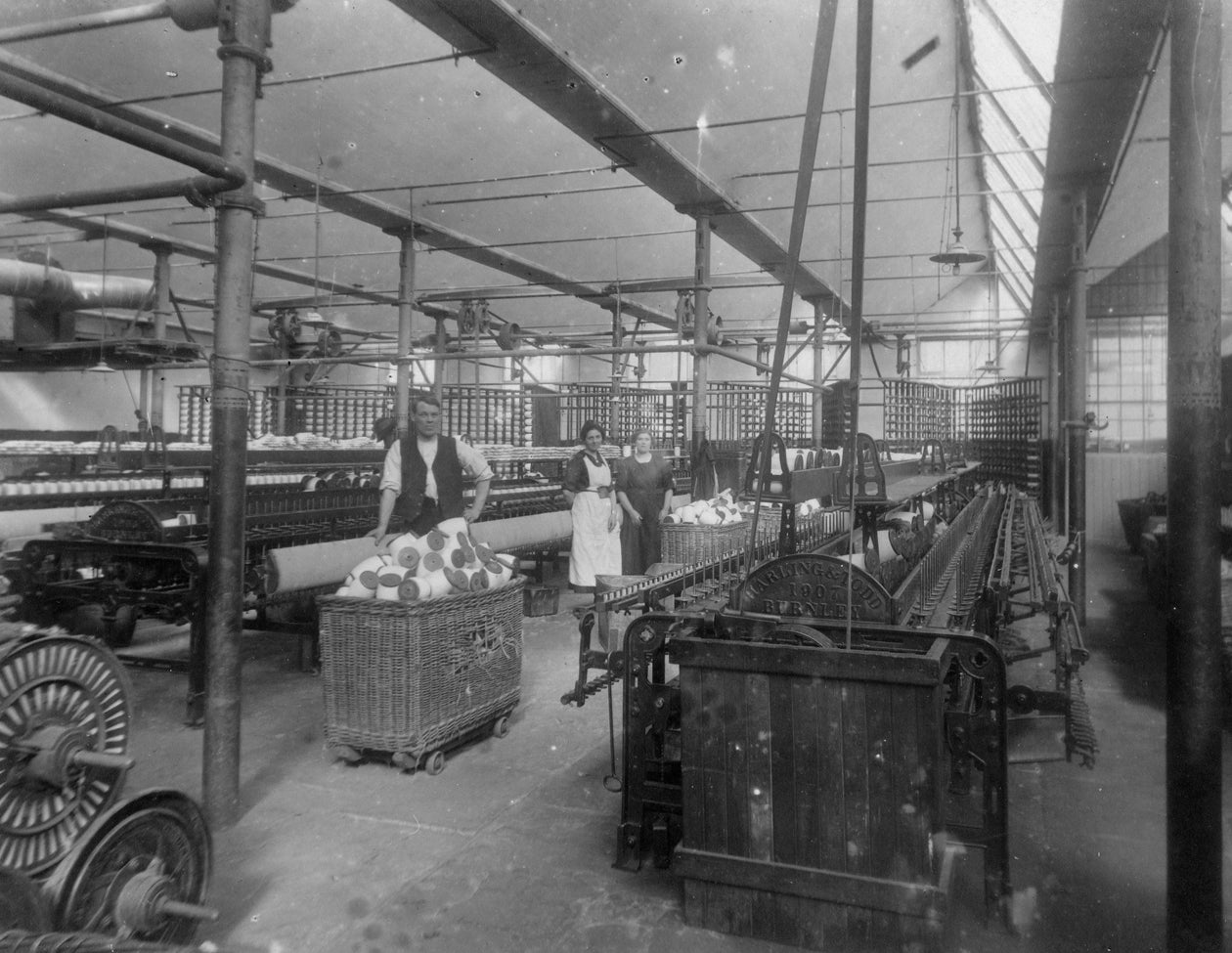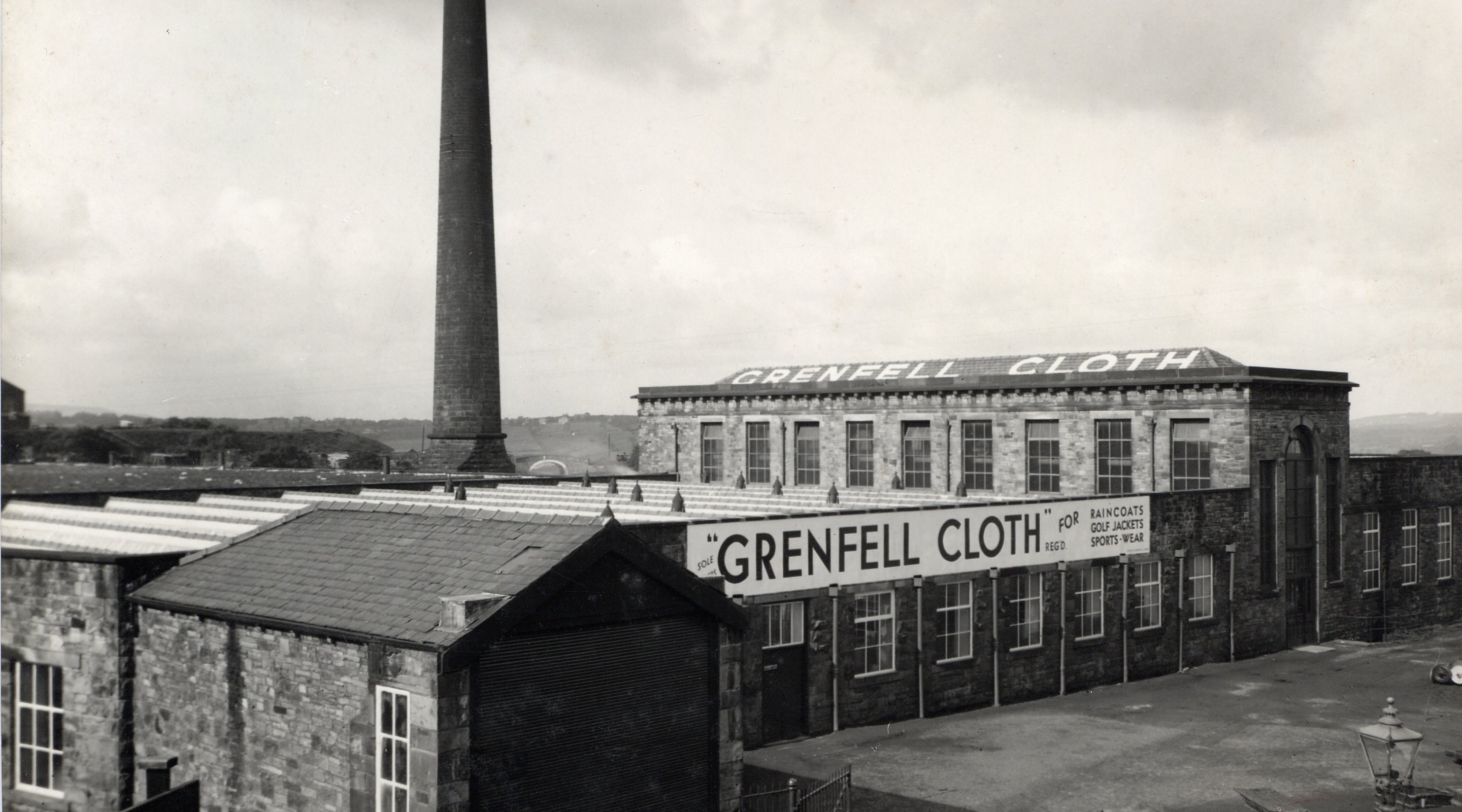
INVENTING GRENFELL CLOTH
RETURNING FROM AMERICA IN 1875, THOMAS HAYTHORNTHWAITE BECAME A DAIRYMAN AND CATTLE TRADER IN WAVERTREE, ENGLAND. IN 1908, HE OPENED A WEAVING MILL UNDER THE NAME T.HAYTHORNTHWAITE & SONS LTD. AT MEADOW BANK MILL IN BRIERFIELD WITH HIS SON, WALTER.
The mill prospered and in 1918 it moved to a larger premises at Lodge Mill, Burnley. Here, 750 looms were driven by a twin-cylinder compound steam engine, mostly weaving lining materials. A fateful day came in 1922 when Walter Haythornthwaite met the then Dr Wilfred Grenfell. Haythornthwaite had been struck by Dr Grenfell’s words, “that you could not keep a statue warm by putting a fur coat on it; clothing must be windproof but must breath.” With this, he set about making a fabric dense enough to keep out the wind and weather, but permeable to perspiration.
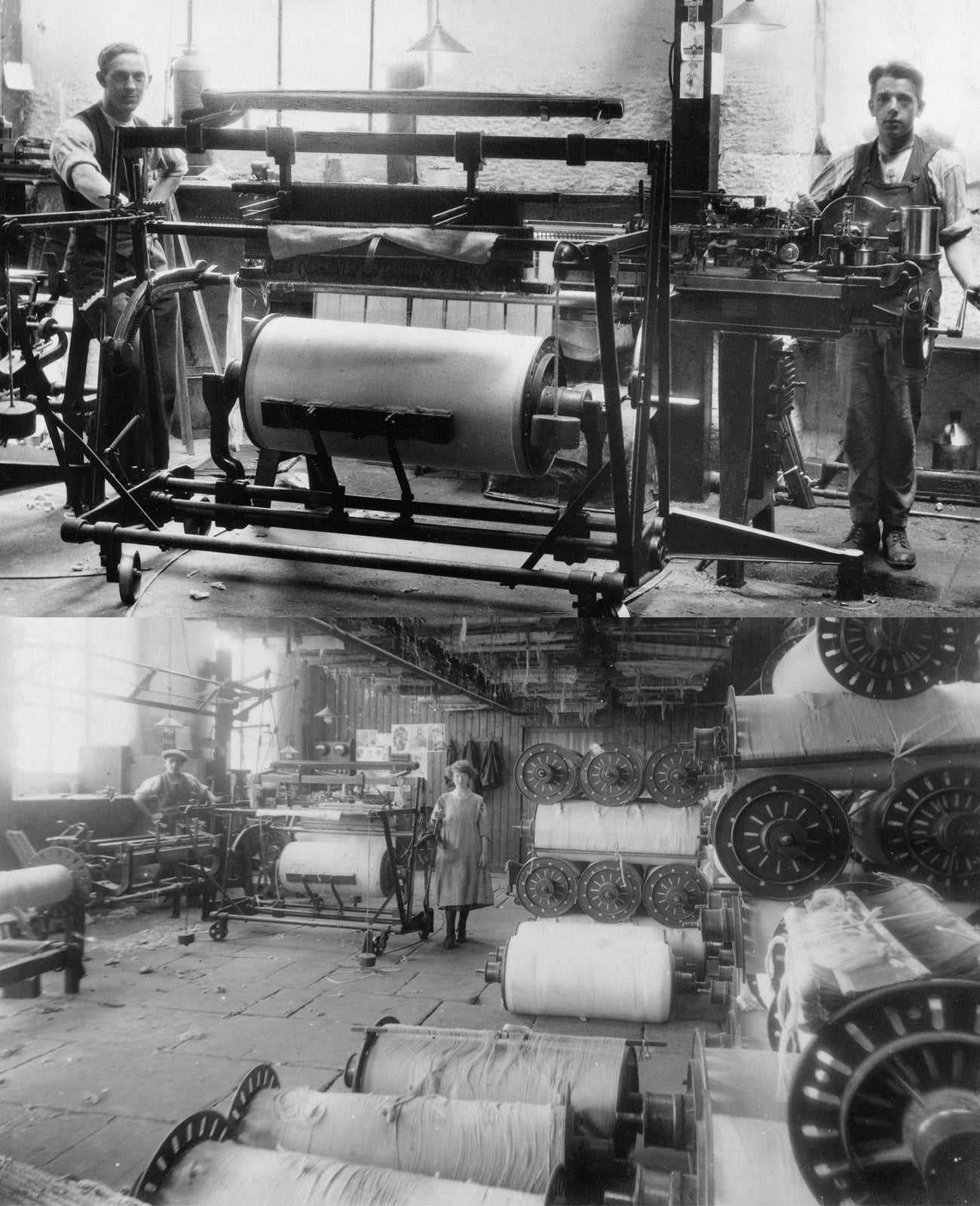
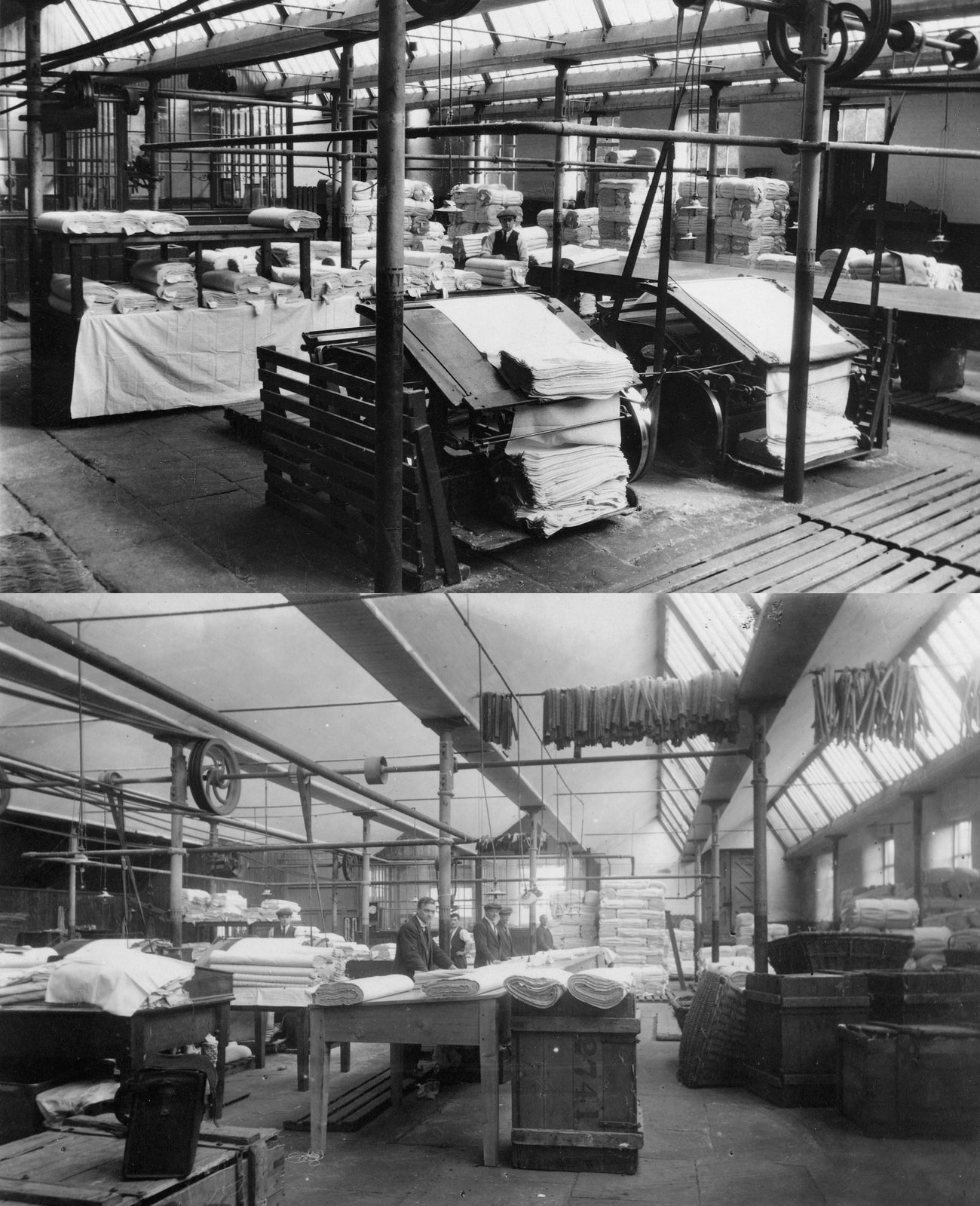
The task was a difficult one since special yarns had to be spun from the finest Egyptian cotton. Following this, looms had to be specially strengthened, but when the fabric was woven, further problems arose. The fabric was so naturally waterproof, that it proved almost impossible to get the dye into the fabric. At last, the fabric was ready and it was sent out to Labrador in Canada as a gift to Dr Grenfell. This was not a commercial venture at this stage, and it was only when Dr Grenfell wrote to Walter Haythornthwaite, suggesting the cloth should be available to the public then the story began to unfold. Dr Grenfell suggested it be called Grenfell Cloth and the rest, as they say, is history.
